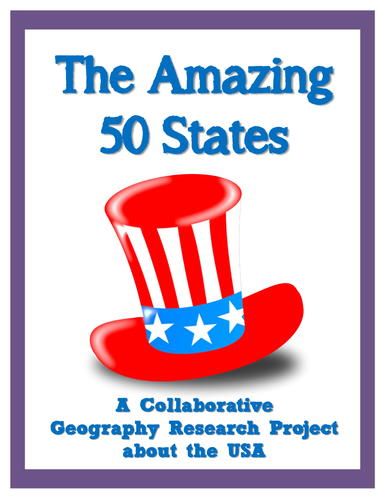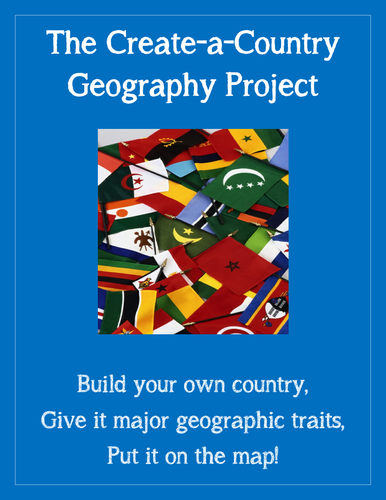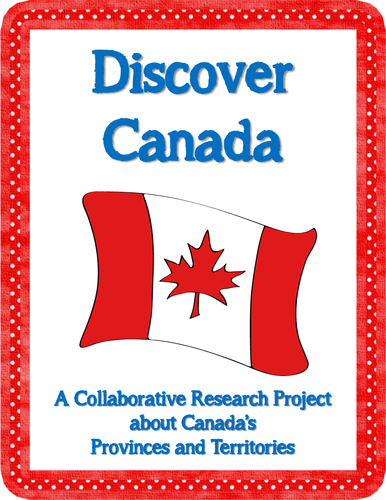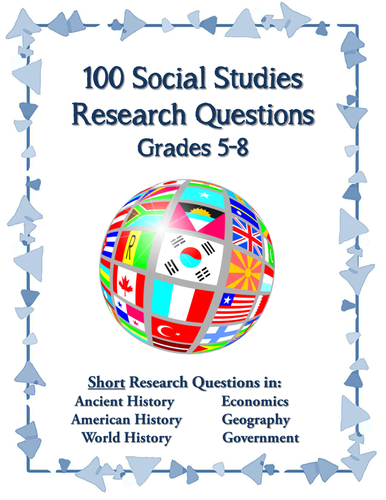Mister Mitchell's Education Resources
I would describe my teaching style as "21st century facilitator." As a true facilitator, I believe students should be responsible for their own learning and be more independent. I strive to allow my students to reach these goals by designing dynamic lessons, heavy on technology, with real world applicability. When I design my lessons, I stress this real world aspect, because I believe students must understand the basic purpose of a lesson before they will consider the message behind it.








